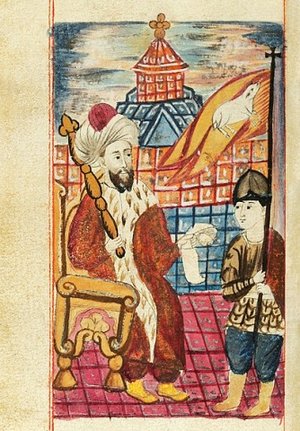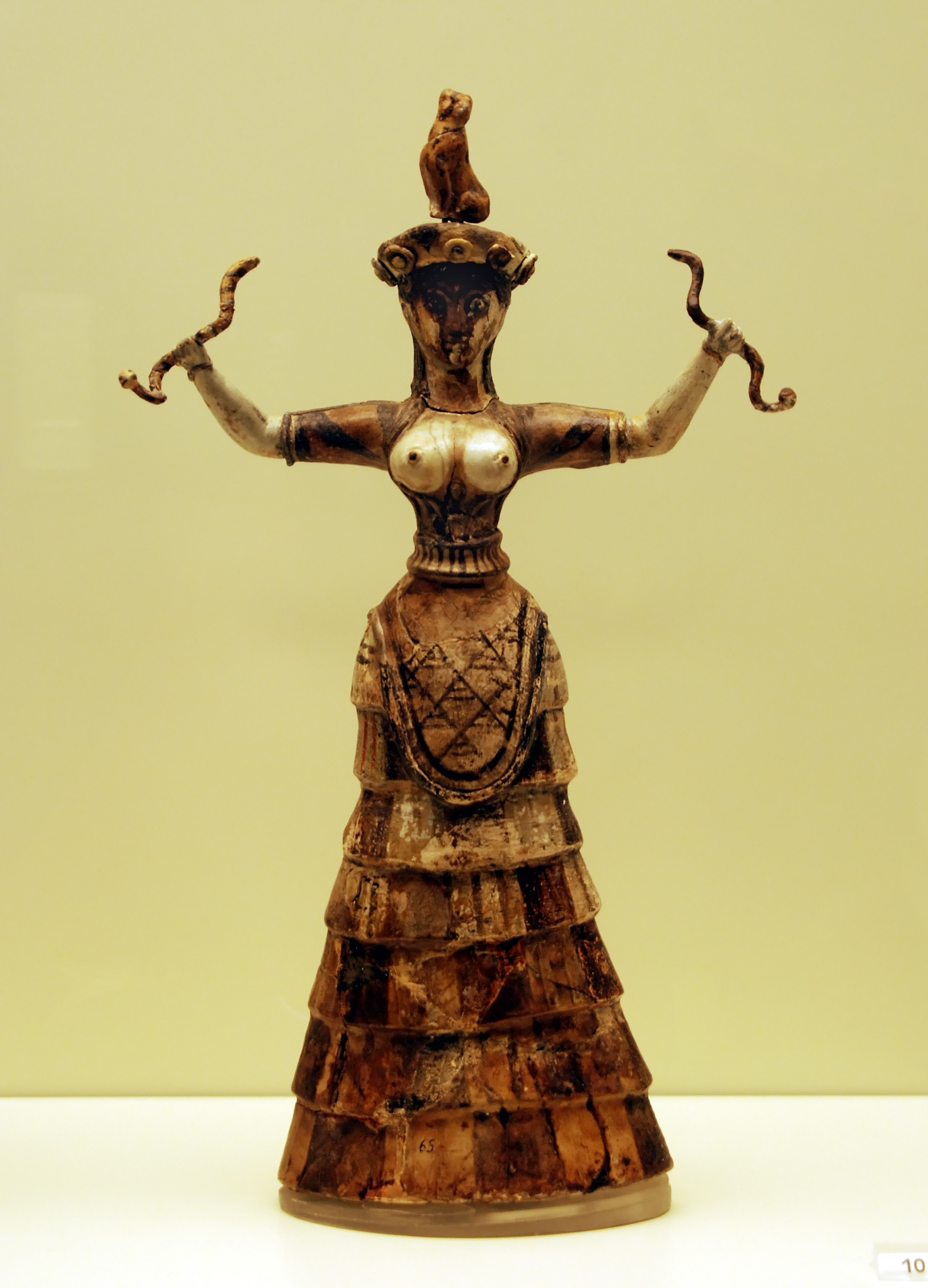|
Culture Of Armenia
The culture of Armenia encompasses many elements that are based on the geography, literature, architecture, dance, and music of the Armenian people. Armenia is a majority Christian country in the Caucasus. Creative arts Literature Armenian literature began in 405 A.D. when Mesrop Mashtots created the Armenian alphabet, according to tradition, probably basing it on the Pahlavi and Greek alphabets. Movses Khorenatsi (Moses of Khorene) was a prominent Armenian writer of the 5th century and the author of the '' History of the Armenians''. Modern writers include the Russian-Armenian author, poet, and philosopher Mikael Nalbandian, who worked to create a new Armenian literary identity in the 19th century. Dance From the fifth to the third millennia B.C., in the higher regions of Armenia there are rock paintings of scenes of country dancing. The energetic Armenian Yarkhushta is a martial dance mentioned in the medieval works of Movses Khorenatsi, Faustus of ... [...More Info...] [...Related Items...] OR: [Wikipedia] [Google] [Baidu] |
Armenians In Russia
Armenians in Russia or Russian Armenians (; ) are one of the country's largest ethnic minorities and the largest Armenian diaspora community outside Armenia. The 2010 Russian census recorded 1,182,388 Armenians in the country. Various figures estimate that the ethnic Armenian people, Armenian population in Russia is actually more than 2 million. Armenians populate various regions, including Moscow, Saint Petersburg, Krasnodar Krai in the North Caucasus and as far as Vladivostok in the East. History Early period There has been an Armenians, Armenian presence in Russia since the Late Middle Ages, when various Armenian merchantry, merchants and artisans ventured west to the Crimean Peninsula, Crimea and the northern Caucasus in order to set up trade ties and conduct commerce. Russian Empire The relationship between Armenians and Russian imperial authorities was complex, shaped as often by parallel interests as competing objectives. Large Armenian communities resided both in the C ... [...More Info...] [...Related Items...] OR: [Wikipedia] [Google] [Baidu] |
Basilica
In Ancient Roman architecture, a basilica (Greek Basiliké) was a large public building with multiple functions that was typically built alongside the town's forum. The basilica was in the Latin West equivalent to a stoa in the Greek East. The building gave its name to the ''basilica'' architectural form. Originally, a basilica was an ancient Roman public building, where courts were held, as well as serving other official and public functions. Basilicas are typically rectangular buildings with a central nave flanked by two or more longitudinal aisles, with the roof at two levels, being higher in the centre over the nave to admit a clerestory and lower over the side-aisles. An apse at one end, or less frequently at both ends or on the side, usually contained the raised tribunal occupied by the Roman magistrates. The basilica was centrally located in every Roman town, usually adjacent to the forum and often opposite a temple in imperial-era forums. Basilicas were also ... [...More Info...] [...Related Items...] OR: [Wikipedia] [Google] [Baidu] |
Tatev Monastery From A Distance
The Tatev Monastery () is a 9th-century Armenian Apostolic Church, Armenian Apostolic Christianity, Christian monastery located on a large basalt plateau near the village of Tatev (village), Tatev in the Syunik Province in southeastern Armenia. The term "Tatev" usually refers to the monastery. The monastic ensemble stands on the edge of a deep gorge of the Vorotan (river), Vorotan River. Tatev is known as the bishopric seat of Syunik and played a significant role in the history of the region as a center of economic, political, spiritual and cultural activity. The Monastery of Tatev has been described as one of the two best-known monasteries in Armenia, along with Noravank in the province of Vayots Dzor Province, Vayots Dzor. In the 14th and 15th centuries, the monastery hosted one of the most important Armenian medieval universities, the University of Tatev, which contributed to the advancement of science, religion and philosophy, reproduction of books and development of Miniatu ... [...More Info...] [...Related Items...] OR: [Wikipedia] [Google] [Baidu] |
Էջմիածնի Մայր Տաճար
Etchmiadzin Cathedral is the Mother church#Church as a building, mother church of the Armenian Apostolic Church, located in the city Dual naming, dually known as Etchmiadzin (Ejmiatsin) and Vagharshapat, Armenia. It is #Oldest cathedral, usually considered the first cathedral built in Kingdom of Armenia (antiquity), ancient Armenia, and often regarded as the List of oldest church buildings, oldest cathedral in the world. The original church was built in the early fourth century—between 301 and 303 according to tradition—by Armenia's patron saint Gregory the Illuminator, following the adoption of Christianity as a state religion by King Tiridates III of Armenia, Tiridates III. It was built over a pagan temple, symbolizing the conversion from paganism to Christianity. The core of the current building was built in 483/4 by Vahan Mamikonian after the cathedral was severely damaged in a Persian invasion. From its foundation until the second half of the fifth century, Etchmiadzin ... [...More Info...] [...Related Items...] OR: [Wikipedia] [Google] [Baidu] |
Grigor Magistros
Grigor Magistros (; "Gregory the ''magistros''"; ca. 990–1058) was an Armenians, Armenian prince, Linguistics, linguist, scholar and public functionary. A layman of the princely Pahlavuni family that claimed descent from the dynasty established by St. Gregory the Illuminator, he was the son of the military commander Vasak Pahlavuni. After the Byzantine Empire annexed the Ani, Kingdom of Ani, Gregory went on to serve as the governor (''dux, doux'') of the province of Edessa, Mesopotamia, Edessa. During his tenure he worked actively to suppress the Tondrakians, a breakaway Christian Armenian sect that the Armenian and Byzantine Churches both labeled heresy, heretics. He studied both ecclesiastical and secular literature, Syriac as well as Greek. He collected all Armenian manuscripts of scientific or philosophical value that were to be found, including the works of Anania Shirakatsi, and translations from Callimachus, Andronicus of Rhodes and Olympiodorus of Thebes, Olympiodorus ... [...More Info...] [...Related Items...] OR: [Wikipedia] [Google] [Baidu] |
Faustus Of Byzantium
The name Faustus primarily refers to Faust, the protagonist of the German legend. Faustus may also refer to: * Faustus (praenomen), a Latin personal name * Faustus of Alexandria (died 250), priest and martyr * Faustus of Byzantium, 5th-century Armenian historian * Faustus of Milan (died 190), soldier and martyr * Faustus of Mileve, 4th-century Manichean bishop known for his encounter with Augustine of Hippo * Faustus of Riez, 5th-century bishop * Faustus (son of Entoria), son of Saturn and Entoria and brother of Janus in Roman mythology * Faustus, 4th-century martyr executed with Placidus * Faustus, according to legend fathered incestuously by the 5th-century warlord Vortigern Vortigern (; , ; ; ; Old Breton: ''Gurdiern'', ''Gurthiern''; ; , , , etc.), also spelled Vortiger, Vortigan, Voertigern and Vortigen, was a 5th-century warlord in Sub-Roman Britain, Britain, known perhaps as a king of the Britons or at least ... with his daughter * '' Faustus, the Last Night' ... [...More Info...] [...Related Items...] OR: [Wikipedia] [Google] [Baidu] |
Yarkhushta
Yarkhushta ( (modern orthography) or Եարխուշտայ (classical/traditional orthography), ) is an Armenian folk and martial dance associated with the highlands of the historical region of Sasun in Western Armenia. Yarkhushta belongs to a wider category of Armenian "clap dances" (ծափ-պարեր, ''tsap parer''). The dance is performed by men, who face each other in pairs. The key element of the dance is a forward movement where participants rapidly approach one another and vigorously clap onto the palms of hands of dancers in the opposite row. History and tradition Yarkhushta is believed to have its origins in the early Middle Ages as it is mentioned in the works of Movses Khorenatsi, Faustus of Byzantium, and Grigor Magistros. Yarkhushta has traditionally been danced by Armenian soldiers before combat engagements, partly for ritualistic purposes, and partly in order to cast away fear and boost battle spirit for more effective hand-to-hand combat. Euphorigenic effect Th ... [...More Info...] [...Related Items...] OR: [Wikipedia] [Google] [Baidu] |
3rd Millennium BC
File:3rd millennium BC montage.jpg, 400x400px, From top left clockwise: Pyramid of Djoser; Khufu; Great Pyramid of Giza, one of the Seven Wonders of the Ancient World; Cuneiform, a contract for the sale of a field and a house; Enheduana, a high priestess and one of the earliest known authors in history; Gudea (Background: Standard of Ur). rect 34 26 474 319 Pyramid of Djoser rect 541 58 802 271 Khufu rect 825 28 1264 297 Great Pyramid of Giza rect 79 352 401 656 Cuneiform rect 572 309 770 665 Enheduana rect 920 320 1157 676 Gudea rect 1 1 1279 719 Standard of Ur The 3rd millennium BC spanned the years 3000 to 2001 BC. This period of time corresponds to the Early to Middle Bronze Age, characterized by the early empires in the Ancient Near East. In Ancient Egypt, the Early Dynastic Period (Egypt), Early Dynastic Period is followed by the Old Kingdom. In Mesopotamia, the Early Dynastic Period (Mesopotamia), Early Dynastic Period is followed by the Akkadian Empire. In what is now Nort ... [...More Info...] [...Related Items...] OR: [Wikipedia] [Google] [Baidu] |
5th Millennium BC
The 5th millennium BC spanned the years (5000 BC – 4001 BC) (c. 7 ka to c. 6 ka), that is, inclusive of 5000 BC but exclusive of 4000 BC. It is impossible to precisely date events that happened around the time of this millennium and all dates mentioned here are estimates mostly based on geological and anthropological analysis. Communities The rapid world population growth of the previous millennium, caused by the Neolithic Revolution, is believed to have slowed and become fairly stable. It has been estimated that there were around forty million people worldwide by 5000 BC, growing to 100 million by the Middle Bronze Age . Europe *The Cucuteni–Trypillia culture (''aka'' Tripolye culture) began around 4800 BC. It was centred on modern Moldova and lasted in three defined phases until . *From about 4500 BC until , a single dialect called Proto-Indo-European (PIE) existed as the forerunner of all modern Indo-European languages, but it left no written texts and it ... [...More Info...] [...Related Items...] OR: [Wikipedia] [Google] [Baidu] |
Armenian Martial Dance Yarkhushta
Armenian may refer to: * Something of, from, or related to Armenia, a country in the South Caucasus region of Eurasia * Armenians, the national people of Armenia, or people of Armenian descent ** Armenian diaspora, Armenian communities around the world * Armenian language, the Indo-European language spoken by the Armenian people ** Armenian alphabet, the alphabetic script used to write Armenian ** Armenian (Unicode block) People * ''Armenyan'', also spelled ''Armenian'' in the Western Armenian language, an Armenian surname **Haroutune Armenian (born 1942), Lebanon-born Armenian-American academic, physician, doctor of public health (1974), Professor, President of the American University of Armenia **Gohar Armenyan (born 1995), Armenian footballer **Raffi Armenian (born 1942), Armenian-Canadian conductor, pianist, composer, and teacher Others * SS ''Armenian'', a ship torpedoed in 1915 See also * * Armenia (other) Armenia is a country in the South Caucasus region of ... [...More Info...] [...Related Items...] OR: [Wikipedia] [Google] [Baidu] |







